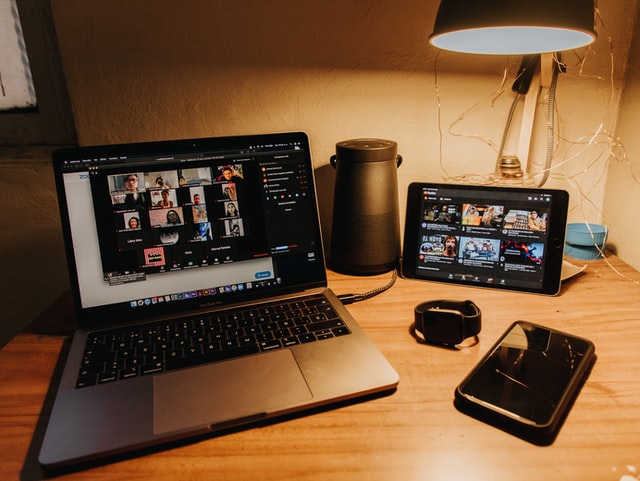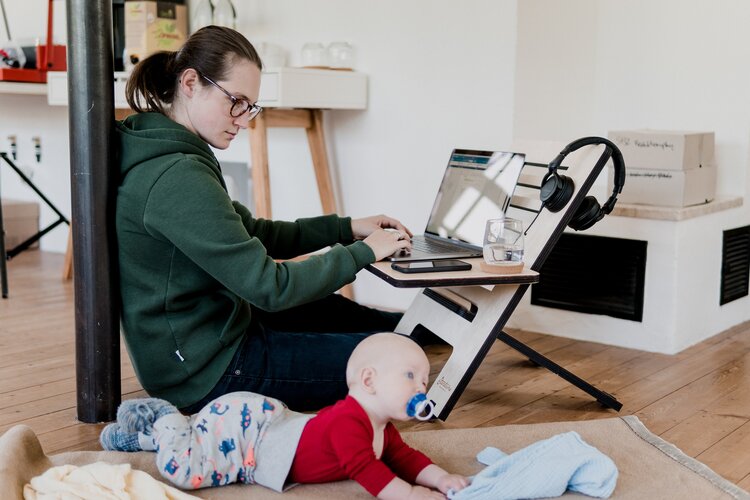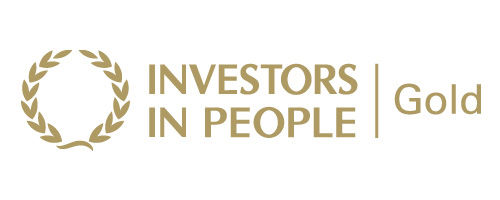Silver Linings? 2021 Workplace Trends
Apr 9, 2021Unprecedented – one of the more overused words of the past 12 months. We have seen what can only be described as a disruptive year in decades affecting the way we live, work and interact.
Whilst this has been a major challenge for the majority across the globe, a lot of these disruptive changes are here to stay, however, there are most definitely positives waiting for us at the ‘end’ with the ultimate work revolution taking centre stage.
- In 2018 it was estimated that around 216,000 people worked remotely in Ireland
- In 2019 research showed that 70% of people globally worked remotely once per week
- 40% of workers have stated that they may leave their jobs if remote working isn’t offered
- By mid-2020, Ireland had one of the highest rates of WFH in Europe, with over 40% by comparison with an EU average of 33.7%.
- 86.21% of workers want to continue working from home at least one day per week
Here are some of the key workplace trends that will be of high priority in 2021:

National Remote Work Strategy
In 2018, An Taoiseach Leo Varadkar, TD revealed how he planned to embark on a Future Jobs 2019 programme to spur the next phase of Ireland’s economic development.
Close to 3 years later, Ireland's 1st National Remote Work Strategy initiative was announced in January this year, a plan to make remote working a permanent option in post-pandemic Ireland, exciting new development plans are now underway to invest in rural regions after the pandemic.
March 29th marked a huge step with the Rural Development Policy 2021 towards a vision of a thriving and vibrant rural Ireland where the opportunities will be endless, regardless of where you live.
Over 400 remote working hubs are to be established, converting a vacant building in town centres into remote working space. The Government will also be targeting over 400 new IDA investments for regions outside of Dublin between 2021 – 2024.
As the competition for talent around the world intensifies, workers will increasingly seek out family-friendly workplaces. Those that offer employees “blended working” as an option, facilitating a mix of remote and in-office working will have a wider talent pool to choose from, with those from rural Ireland gaining their competitive place in the market.

Mental Health and Well-Being
Oracle released a study in late 2020 with findings stating that the pandemic negatively affected the mental health of 78% of the global workforce. 85% of people say that their mental health issues at work negatively affect their home life. With such overwhelming statistics, it is clear that improving mental well being is a top priority for businesses this year
Prioritising employee health and well-being – the pandemic has been an opportunity to hit the reset button, building a vision around making the lives of employees better. It has become clear that supporting employees in their personal lives more effectively enables employees to not only have better lives but also to perform at a higher level.

Flexibility
Pre COVID-19, flexibility was a perk. However, the pandemic has rapidly accelerated this trend. 2020 tested the limits of flexibility for many companies, with employees who ate parents having to juggle work at home along with homeschooling. Ultimately, flexibility is all about choice. Choosing to split your time between the office and at home.
To attract and retain talent, offering flexibility in the workplace not only benefits the employee, but companies can also benefit from providing flexibility to increase morale and productivity, alongside reducing overall stress.

Innovation & Technology
With the new decade and so many powerful tools and technologies at our disposal, innovation will be at the forefront this year. The past year has taught us the importance of technology, showcasing how the work we previously thought would need to be carried out in person, in an office, however with the right technology in place.
2 separate studies by McKinsey and KPMG found that at least 80% of leaders accelerated the implementation of technology due to the pandemic. With larger skills gaps, the need for training has become more necessary than ever. Adopting collaborative tools and AI-driven software has provided a platform for employees to stay connected, increasing productivity and supporting mental health.
In April 2020, Zoom was used to host around 300 million daily meetings. We are now seeing an advanced level of tech, becoming more refined and accessible such as Facebook’s Infinite Office and Oculus Rift utilising Virtual Reality to create immersive virtual office spaces with visualisations, creating the feeling of proximity and familiarity.

“Rented” Talent
According to the Harvard Business Review, companies are now listing 33% more skills on job ads today compared to 2017. Organizations are struggling to reskill their workforce fast enough to meet their changing needs. Utilising contractors will help to fill the skills gap temporarily and thus, hit crucial deadlines.
The benefits are clear with talented contractors coming with a finely tuned skills alignment to fulfil a project’s needs and time/budget savings with no need to spend time cross-training full-time employees pulling them away from other work.
Whilst the past year has not been without huge challenges, hopefully, we can all look for the silver linings, leaving the negatives behind and look to a brighter future with happier and healthier employees, more trust, communication and creativity.
--------------------------------------------------------------------------------------
If you are a contractor and are looking for some advice on the current market, or perhaps you are ready for your next contract, please feel free to get in touch with Robyn Andrews on 016498563




